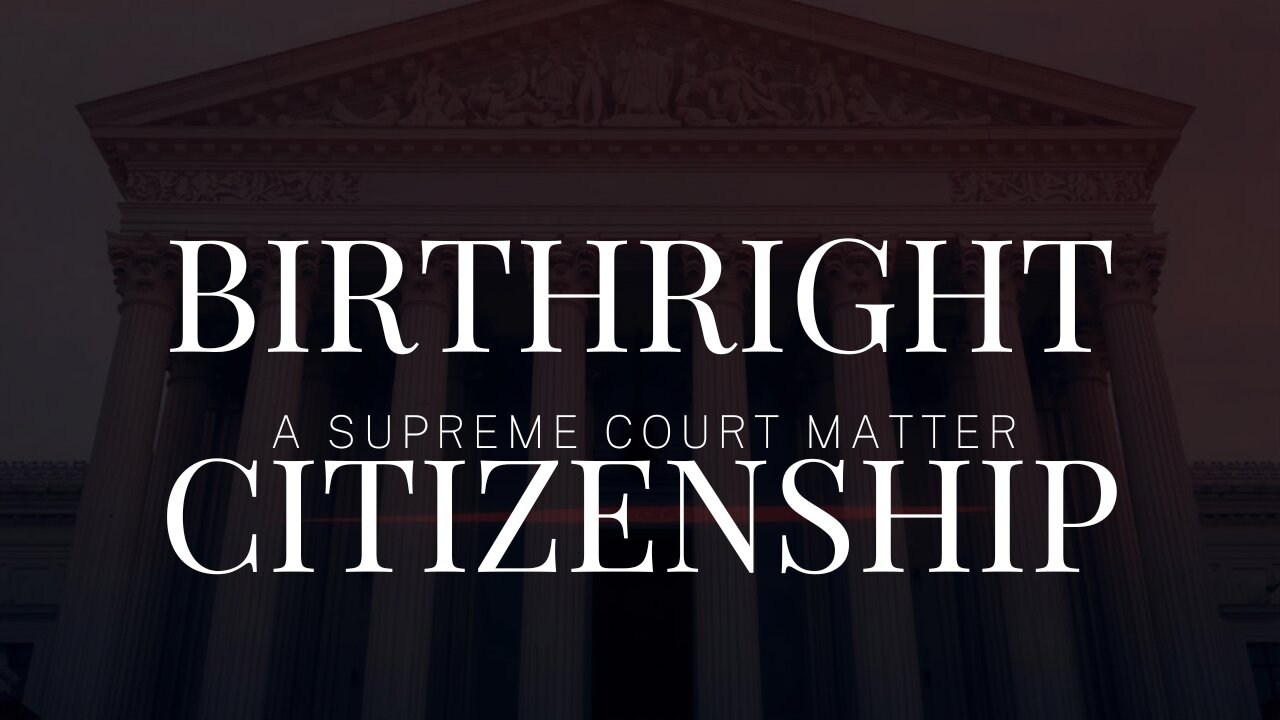The Walt Disney Company just lost a major institutional investor. The State of South Carolina, which holds $105 million in Disney “commercial paper,” will not renew any of it. Furthermore, State Treasurer Curtis Loftis told the public, through Fox Business Digital, what it already knows. Which is that The Walt Disney Company is firmly in the hands of the Council of Woke. We know that the public knows this, because they have withdrawn their patronage and told everyone who will listen, why. An experienced troubleshooter offers to help Disney get back to business – and current management refuses to cooperate or listen. If they don’t listen, they will die as a company – but they already have their rainbow-colored parachutes.
Where does Disney stand?
Disney (NYSE:DIS) opened at $90.44 per share this morning, already down from $90.95 at yesterday’s close. This puts it slightly less than midway in its fifty-two-week range ($78.48 to $117.80).
Yesterday, South Carolina Treasurer Curtis Loftis announced the divestment from Disney for all of South Carolina’s funds. Moneywise carried the story.
I think it's clear to anybody paying attention that there's a structural rot inside of Disney. It's deep, it’s pervasive, and I suspect Bob Iger, since his return as the CEO, now realizes it can't be fixed.
Curtis Loftis
Mr. Loftis went further, saying that all the top talents that built Disney are now gone. In their place is “the gender studies crowd” who clearly want to send a cultural-Marxist, critical-theoretical message to Disney’s customers. Mr. Loftis offered few details, but we all know the details.
A litany of bad – and ideological – decisions
After buying Twentieth Century-Fox (at a premium), Disney shelved Sound of Freedom. Its producers had to fight to get their rights back. Then Angel Studios distributed the film and made at least $250 million worldwide. This, on a film that cost only $14.5 million to produce and $5.5 million to market by word-of-mouth alone!
At the same time, Disney has destroyed at least two major franchises it acquired with Fox. It did this by changing the motives of its characters and selling a version of male-female relations that none but an LGBTQIA+ ideologue could appreciate. We have seen a “Mary Sue” female lead take the place of a beloved male lead who was only a shadow of his former self. (Worse, she serves a rebel force with an all-female high command of dubious military competence.)
In the other franchise, a new female lead humiliates the old male lead as he tries to pretend he is still his younger self. (The initial plan was worse: she was to supplant him in time.) And in the ultimate humiliation, Sound of Freedom eclipsed Indiana Jones Five in domestic box-office take.
Add to it that Disney’s rides, apart from their “Woke” themes, are unsafe. Several accidents have happened that would have gotten ride crews fired at any other theme park.
Consequences
Small wonder, then, that former Disney customers are not attending Disney movies or parks, nor buying Disney toys (nor any of their traditionally overpriced souvenirs), nor streaming on Disney channels. The toymaker Hasbro has laid off 20 percent of its workforce and closed an office by reason of lost sales. Why? Because they sell Disney toys, and those toys are not moving.
Recently Disney’s management had to admit how “Broke” they’re going after getting “Woke.” Every year, every publicly traded company has to answer to one agency that will make no allowances for political messaging. That agency is the Securities and Exchange Commission. So far, that agency has not adopted “stakeholder capitalism” to measure attention to fiduciary duty. Disney’s SEC report for the fiscal year ending September 30, 2023 says it all. Jonathan Turley, on November 27, quoted from that report, which tells some hard truths:
We face risks relating to misalignment with public and consumer tastes and preferences for entertainment, travel and consumer products.
The success of our businesses depends on our ability to consistently create compelling content.
Generally, our revenues and profitability are adversely impacted when our entertainment offerings and products, as well as our methods to make our offerings and products available to consumers, do not achieve sufficient consumer acceptance. Further, consumers’ perceptions of our position on matters of public interest, including our efforts to achieve certain of our environmental and social goals, often differ widely and present risks to our reputation and brands.
Translation: “We haven’t given the public what they want. We are in the compelling content business. But the public no longer wants what we have to sell. To make it worse, we can’t please everybody with our stands on the environment and society.” Anyone could have told them that from the beginning.
But they would not listen – until it started to hurt their bottom line. And even then they blame the public for not wanting their message.
Why is Disney in this fix?
Julian Adorney, writing in The Washington Examiner, identifies a litany of excuse-making across the entertainment industry.
Whenever a movie gets criticized for “going woke” and then bombs at the box office, some cultural commentators on the Left insist that America is just too bigoted to appreciate diversity. When The Little Mermaid was remade into a live-action movie starring Halle Bailey, the Guardian chalked up its poor performance to a “racist backlash.” When the gay rom-com Bros flopped, director Nicholas Stoller blamed the failure on straight people . “Gay men are the only people who saw the movie,” he complained.
Adorney guesses the real problem is that “Woke” scriptwriters opt for “simplistic stories and heavy-handed moralizing.” That’s certainly part of the problem, and reflects a general lack of talent in the industry today. To illustrate the problem, consider three movies from the early Sixties that struck a decisive (and leftist) moral tone:
The Manchurian Candidate,
Seven Days in May, and
Fail-Safe.
All three sent a definite message: better to risk conquest by the Soviet Union, than mutual nuclear annihilation. But none of the three featured the kind of cardboard-character leads typical of films today. The villains were incredibly complex characters that made thwarting them the more challenging. Likewise, the heroes often made choices of which many would not approve.
(Doctor Strangelove was the exception – but Stanley Kubrick wrote it for laughs, and his cast played it for laughs.)
Contrast that with the “Disney Star Wars Sequel Trilogy” or with Indy Five as originally conceived. The messages there were insultingly plain. All men, especially heterosexual men, are incompetent oafs. Only homosexual men are safe for women to be around. Even better, let’s kill all the men and let the women make love to one another. (The next generation? The attitude varies from “our scientists are working on a fix” to “who cares?” Except that the scientists are not working on a fix! They say they are – but they’re lying.)
The messages are the problem
But CNAV disagrees with Adorney. The messages themselves, are the problem. Sidney Lumet, John Frankenheimer, Rod Serling, and George Axelrod – some of the director-producers and writers of those three Sixties-era films – could get away with their own high-handed leftist moralizing for the same reason Lyndon Baines Johnson won election as President in 1964 with the “Daisy” campaign advertisement.
That reason is: the American people were still ambivalent at best about whether to fear the Soviet Union. The programs of Sen. Joseph McCarthy (R-Wisc.) and Gen. Edwin Walker made people think maybe “the Russians” were right! Ronald Reagan would have to wait a decade and a half before the people would receive his pro-America message well.
Today it’s different. Whether Joe Biden won the Presidency legitimately or not, everyone now knows that leftism is a public-policy disaster. Movies, books, and other entertainment projects that reflect leftism will not sell well today. But Disney – obeying the commands of Larry Fink (what an apt name!) of BlackRock – is still pushing The Message.
Nelson Peltz would like to help
One major investor would like to set things right. Nelson Peltz of Trian Management makes his money by buying troubled firms cheap, then turning them around. He has been offering to do the same for Disney for nearly a year. And Disney is having none of it. Like Twitter when Elon Musk came calling, they are putting in poison-pill rules changes. Meanwhile, Ike Perlmutter, former chairman of Marvel Entertainment, recently gave Peltz his proxy. Yet the fight continues, and now Nelson Peltz has issued an ultimatum. Business Wire quotes him:
Since we gave Disney the opportunity to prove it could ‘right the ship’ last February, up to our re-engagement weeks ago, shareholders lost ~$70 billion of value. Disney's share price has underperformed proxy peers and the broader market over every relevant period during the last decade and over the tenure of each incumbent director. Investor confidence is low, key strategic questions loom, and even Disney's CEO is acknowledging that the Company's challenges are greater than previously believed. While James Gorman and Sir Jeremy Darroch represent an improvement from the status quo, the addition of these directors will not, in our view, restore investor confidence or address the root cause behind the significant value destruction and missteps that this Board has overseen. Trian intends to take our case for change directly to shareholders.
And what is that root cause? Going woke, that’s what. And according to Brandon Morse at RedState, they are stubbornly continuing to go woke. Bob Iger, now serving his second non-consecutive term as head of Disney, knows what the problem is. He says he intends to correct it – but he does not. Iger probably has a deeper commitment to the Woke Ideology even than his master, Fink of BlackRock.
The skeptic in me sees a lot of what Iger is saying and doing as a way to put shareholders at ease and make them think Disney is righting the ship on its own without the guidance of Peltz and Trian. It makes me wonder if this is all an act meant to get shareholders to vote for Disney's choice of board members and not for Trian's so that they continue doing wrong by the American people once power is secured again, and the message pushing can continue unabated.
Brandon Morse
CNAV doesn’t wonder; we know. This is “all an act” for the dubious benefit of shareholders. Iger is in the proxy fight of his life, and he’s fighting to win. Woke warriors are often bigger liars than Muslim clerics have been on recent occasion.
Disney has rivals
In the meantime, rivals are rising, or consolidating their own power, every day. The American Heartland park will rise near Vinita, Oklahoma – after poaching Disney’s talent, apparently with Disney’s complete “cooperation.” The Six Flags and Cedar Fair empires announced a merger that will take full effect next season. Meanwhile, alternative movie studios are springing up and releasing uplifting content – the kind that built Disney. So the House of Mouse has a choice: return to its roots, or die. The next question is: do that company’s managers even care?
Link to:
The article:
https://cnav.news/2023/12/27/editorial/talk/disney-sink-swim/
Video:

The SEC Report:
https://www.sec.gov/ix?doc=/Archives/edgar/data/0001744489/000174448923000216/dis-20230930.htm
The Daily Ad:
Declarations of Truth X feed:
Declarations of Truth Locals Community:
https://declarationsoftruth.locals.com/
Conservative News and Views:
The CNAV Store:
Clixnet Media























